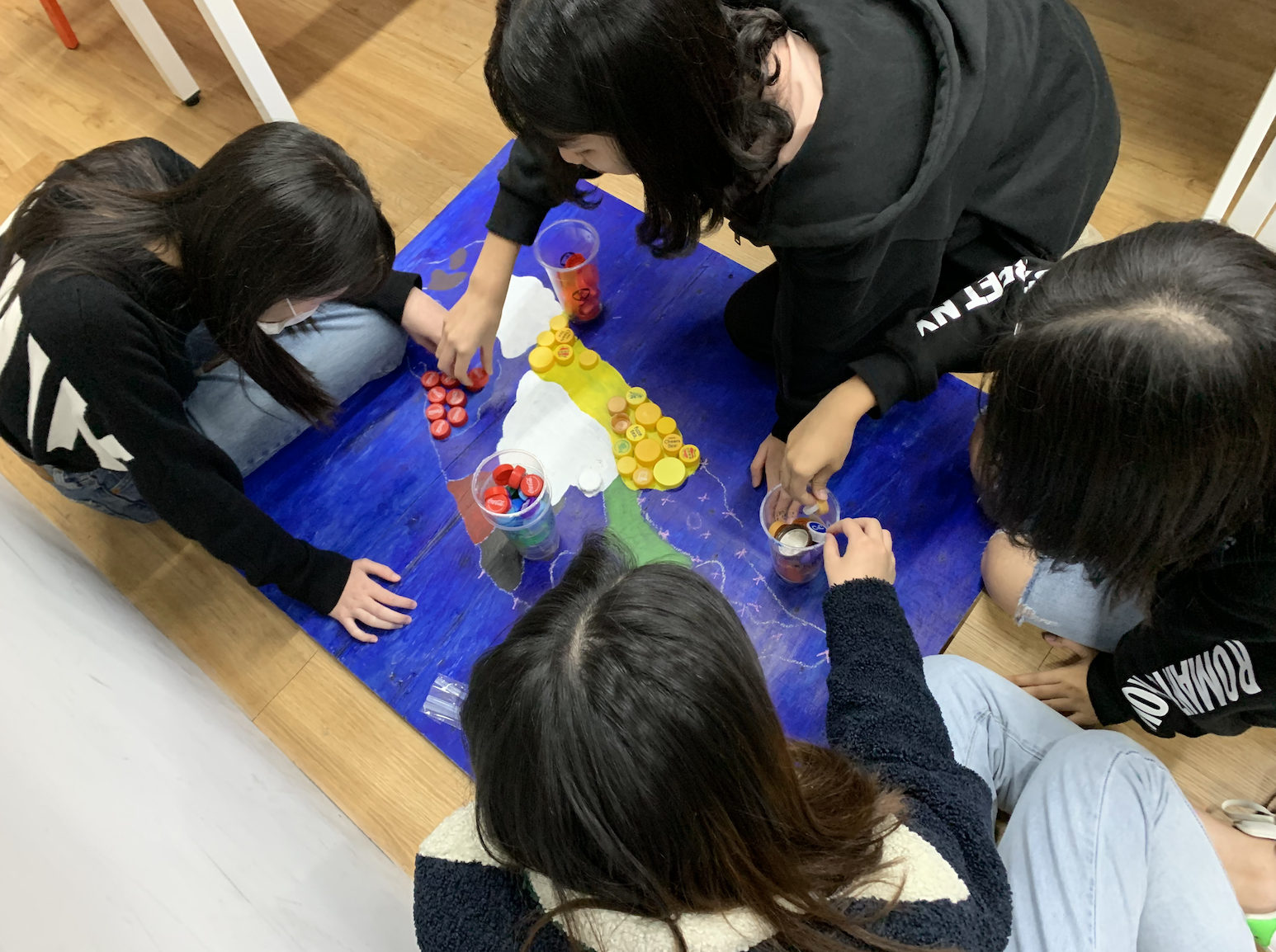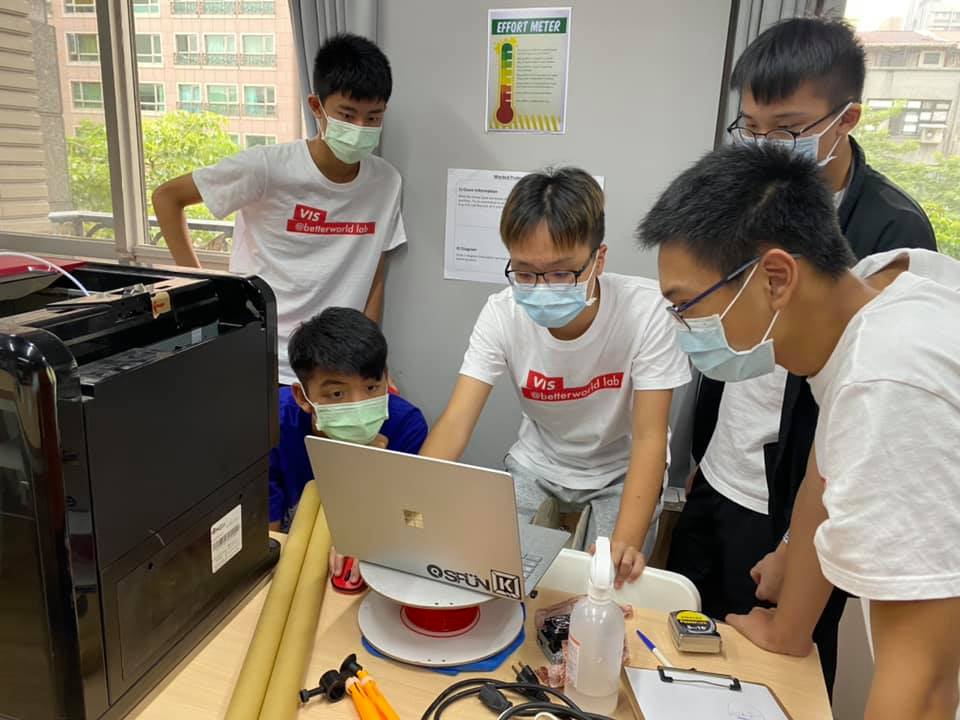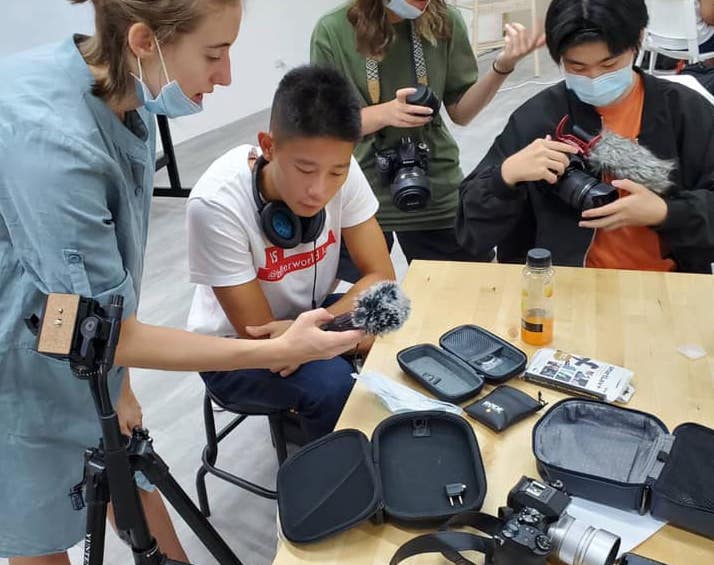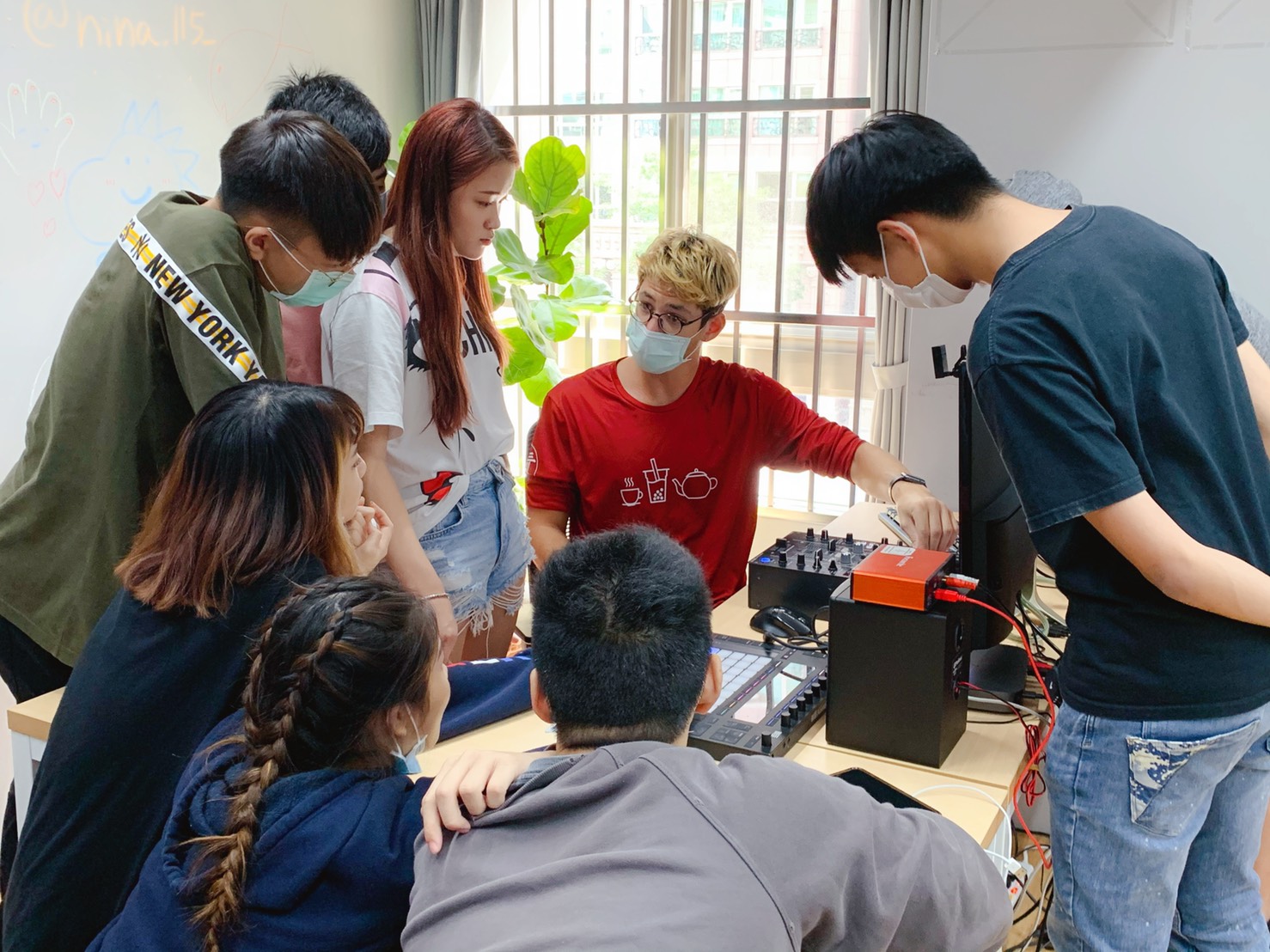What is PBL?
Project Based Learning is a teaching method in which students gain knowledge and skills by working for an extended period of time to investigate and respond to an authentic, engaging, and complex question, problem, or challenge.
Project Based Learning is a progressive teaching method where students “learn by doing”. Students develop a deep understanding of content by doing creative and engaging projects that help our local and global community. The end result is a professional product that is shared with the world and our community partners. Students gain knowledge in core academic areas but also learn critical thinking, collaboration, and communication skills which are essential in college and the “real world”.

PBL uses cutting edge technology and teaching pedagogy.
PBL is interdisciplinary.
PBL is student centered. Student centered means that the teachers is the facilitator, mentor, and coach.
PBL provides students with voice and choice. This means student feedback is important and conversations with your teachers are necessary. Choice means that students have the flexibility to follow their interests and passions.
PBL and Technology Use Bring a New Relevance to the Learning at Hand
*By bringing real-life context and technology to the curriculum through a PBL approach, students are encouraged to become independent workers, critical thinkers, and lifelong learners. Teachers can communicate with administrators, exchange ideas with other teachers and subject-area experts, and communicate with parents, all the while breaking down invisible barriers such as isolation of the classroom, fear of embarking on an unfamiliar process, and lack of assurances of success.
PBL is not just a way of learning; it's a way of working together. If students learn to take responsibility for their own learning, they will form the basis for the way they will work with others in their adult lives. *Edutopia

NTU Lab for 3D printing demo. The students learned more about the different processes as well as their respective challenges in additive manufacturing.
PBL Lends Itself to Authentic Assessment
Authentic assessment and evaluation allow us to systematically document a child's progress and development. PBL encourages this by doing the following:
-
It lets the teacher have multiple assessment opportunities.
-
It allows a child to demonstrate his or her capabilities while working independently.
-
It shows the child's ability to apply desired skills such as doing research.
-
It develops the child's ability to work with his or her peers, building teamwork and group skills.
-
It allows the teacher to learn more about the child as a person.
-
It helps the teacher communicate in progressive and meaningful ways with the child or a group of children on a range of issues.

During general science, students designed a 3D printer spooler. They needed to come up with a first draft and a bill of materials. It’s an interesting experience for all of them!
PBL Promotes Lifelong Learning
-
PBL and the use of technology enable students, teachers, and administrators to reach out beyond the school building.
-
Students become engaged builders of a new knowledge base and become active, lifelong learners.
-
PBL teaches children to take control of their learning, the first step as lifelong learners.

After deciding on roles and figuring out our gear, the students followed the music class and the engineering class in their PBL projects to learn the ropes of what it takes to be in a documentary film crew.
PBL Accommodates Students with Varying Learning Styles and Differences
It is known that children have various learning styles. They build their knowledge on varying backgrounds and experiences. It is also recognized that children have a broader range of capabilities than they have been permitted to show in regular classrooms with the traditional text-based focus. PBL addresses these differences, because students must use all modalities in the process of researching and solving a problem, then communicating the solutions. When children are interested in what they are doing and are able to use their areas of strength, they achieve at a higher level.

Having conversations and discussions with teachers is always one of the most important parts to learn and make improvements.
Research Supports PBL
A growing body of research supports the use of PBL. Schools where PBL is practiced find a decline in absenteeism, an increase in cooperative learning skills, and improvement in student achievement. When technology is used to promote critical thinking and communication, these benefits are enhanced.

VIS Teachers visited NTUT to investigate the 3D printing lab - better known as the Additive Manufacturing Center (AMC). Professor Wang, Department Head of Mechanical Engineering, gave us a tour, and helped us understand the possibilities and limitations of 3D printing technology.
 VIS 國際實驗教育 高中部/國中部/小學部 G05~G12
VIS 國際實驗教育 高中部/國中部/小學部 G05~G12
